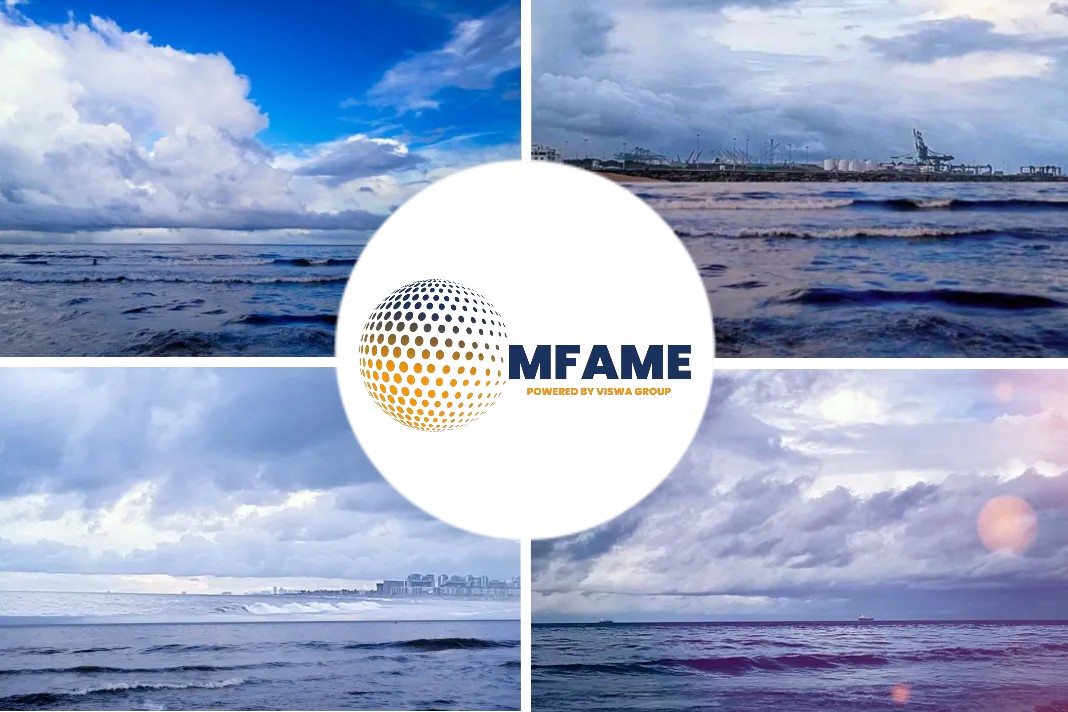According to an article published in Riviera Maritime Media, the tide has turned for IMO Tier III tugs as owners around the world prepare for cleaner operations in ports.
Increase in newbuild tugs
Environmental regulations and regional requirements mean orders have increased for newbuild tugs with the latest emissions controls. It is a trickle now but is likely to become a deluge.
It is well documented in Tug Technology & Business that owners are purchasing new tugs with higher bollard pull capabilities to handle ultra-large container ships in ports worldwide.
This year owners also ordered harbour tugs to comply with IMO Tier III requirements for cleaner emissions, lower pollutants, minimal sulphur, and nitrogen oxides and particulates.
First Tier III tugs to be introduced
During Q2 2019, owners and shipyards competed to announce the first Tier III tugs in northern Europe and the Mediterranean. Owners wanted the world to know they were ready to reduce their environmental footprint.
Firstly, DP World’s Drydocks World announced it had started constructing the first harbour tug to comply with IMO’s Tier III emission requirements in the Mediterranean. This eco-silent tractor tug will be operated by P&O Reyser in the Port of Barcelona, Spain, from Q3 2020. It will have a pair of diesel engines with selective catalytic reduction (SCR) exhaust-gas emissions after-treatment systems to comply with Tier III.
Azimuth Stern Drive Tug
This news was surpassed by Spanish ferry operator Baleària as it acquired a stan tug from Damen Shipyards to support its ferry operations in the Balearic Islands. This became the first IMO Tier III-compliant harbour tug in the Mediterranean region to enter service.
Rolon Plata II, with diesel engines and SCR, began operations in the harbour of Ciutadella, Menorca, on 26 June 2019. Baleària needed a low-emissions tug to operate in Menorca as this island is a biosphere reserve and a tourist center.
Then, Italian operator Moby named a Damen azimuth stern drive (ASD) tug, Vincenzino O, for its operations in Sardinia. This is Tier-III ready, as Damen can install SCR in a swift retrofit when required.
It was not just in the Mediterranean that owners were pushing their environmental credentials. In the Netherlands, Multraship Towage & Salvage unveiled the first tug in northern Europe to be IMO Tier III-compliant, named Multratug 6. During the ceremony on 28 June, Multraship managing director Leendert Muller said the business selected a Tier III-compliant tug as it took responsibility for the environment.
Europe takes the lead
European operators are following the lead of US tug owners who have invested in new tugs with engines that comply not only with IMO Tier III, but also the US Environmental Protection Agency (EPA)’s Tier 4 requirements. The majority of new tugs built in the US have SCRs to meet these requirements.
In Asia, owners such as PSA Marine are investing in LNG-fuelled tugs to improve their environmental footprints in major ports. This is a good way to reduce emissions if there are LNG bunkering and capital to pay an extra US$3M on a new building.
LNG-fuelled tugs
LNG fuel could be the next step in a clean fuel revolution in harbour towage. But so should electric propulsion. There is growing use of hybrid propulsion installations in newbuilding tugs for operators wanting to go beyond IMO Tier III. Examples include Baydelta’s Delta Teresa in the US and icebreaking tug, Vilja, launched in Sweden in July.
It costs more to invest in LNG-powered tugs or hybrid propulsion than to order a conventional tug. And this extra cash may not be available to many owners. Therefore, ordering IMO Tier III-compliant tugs with SCRs appears to be the more cost-effective method of demonstrating environmental credentials.
Conclusion
Ordering IMO Tier III-compliant tugs appears to be the more cost-effective method of demonstrating environmental credentials. It is expected to see a surge in new tug orders from shipyards offering IMO Tier III tugs at competitive prices. Tug owners can remain a step ahead of environmental requirements for cleaner harbour towage operations without breaking the bank to pay for it.
Did you subscribe to our daily newsletter?
It’s Free! Click here to Subscribe!
Source: RivieraMaritimeMedia





















